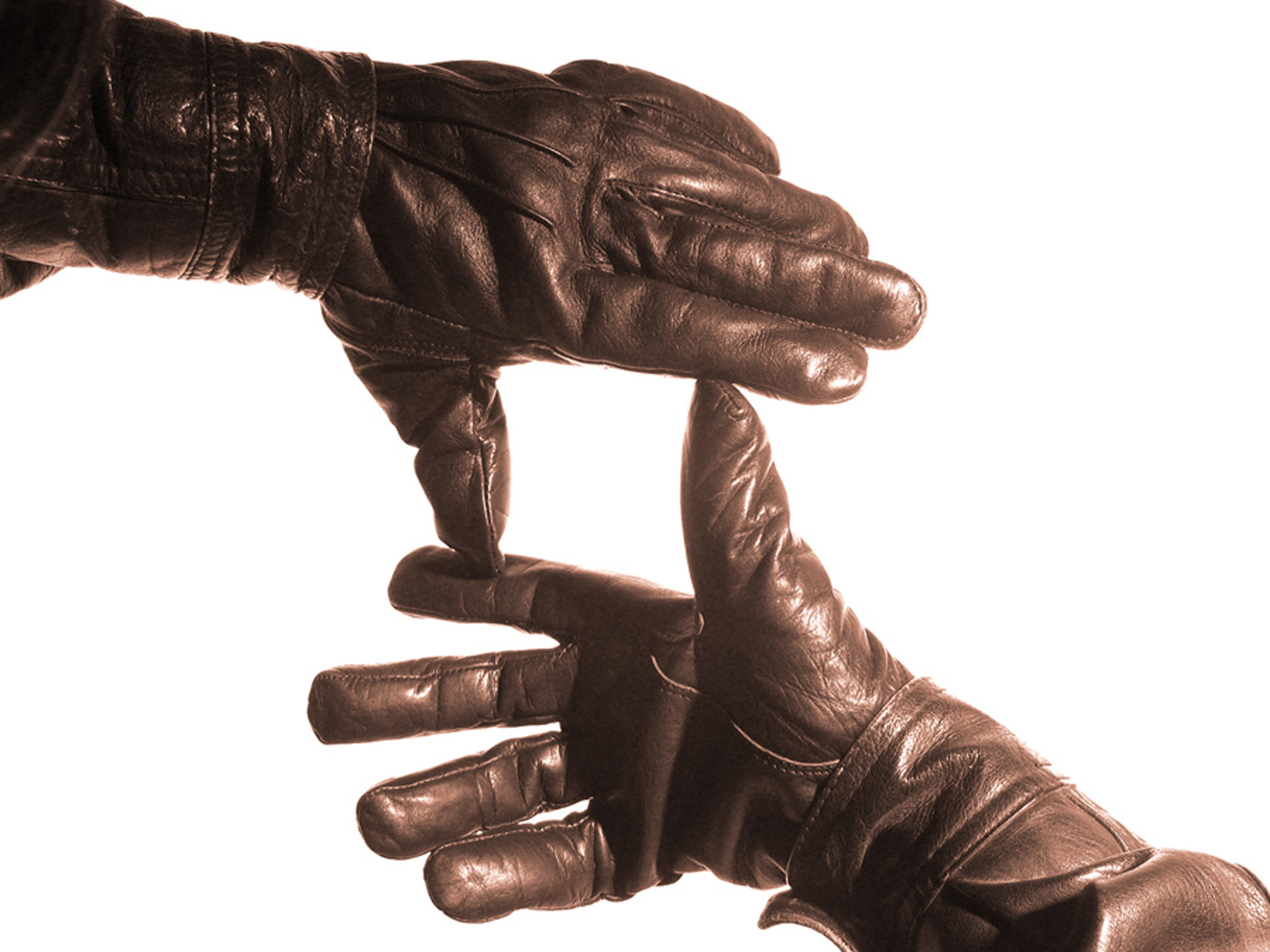This article is part of the weekly Epictetus series. New articles will be published every Monday.
In the twenty-first paragraph of the Enchiridion, Epictetus teaches us a valuable technique to improve our happiness and moral character:
Hold death and exile and all that seems dreadful before your eyes every day, but most of all death: and you will never think of anything bad or desire anything too much.
In Stoic practice, negative visualization (or ‘premeditatio malorum’) is a common exercise. Just as Epictetus says, it entails the contemplation of scenarios that seem dreadful. It is like the exercises in acceptance we have seen in paragraph three and four. At a first glance, this may seem like a terrible idea. If you want to get calm and happy, then why in the world would you think about all the things that can go wrong? Yet on a closer look, you will see that negative visualization can actually increase your tranquility and happiness. By imagining all the things that can go ‘wrong’, we acknowledge what may happen. We acknowledge the nature of things, even if that nature seems dreadful. It is a fact that you die sooner or later, whether you like it or not. Bad things happen to all of us. By visualizing these things, we are prepared. No longer are we caught off-guard by the disasters and discomforts that Fortune throws at us. And this helps us deal with them.
By means of negative visualization, we learn to accept that things might not go the way we want to them to go. We learn to prepare for the worst. And because we know we can cope with even the worst possible scenarios, we can be calm and happy. If everything turns out to be great, then we can enjoy it to its full extent. If it goes awry, then we can live content in the knowledge that we can deal with it.
Be sure you don’t miss any step of your Stoic Journey. To get notified whenever a new article is published, please click here to subscribe. Thanks!

